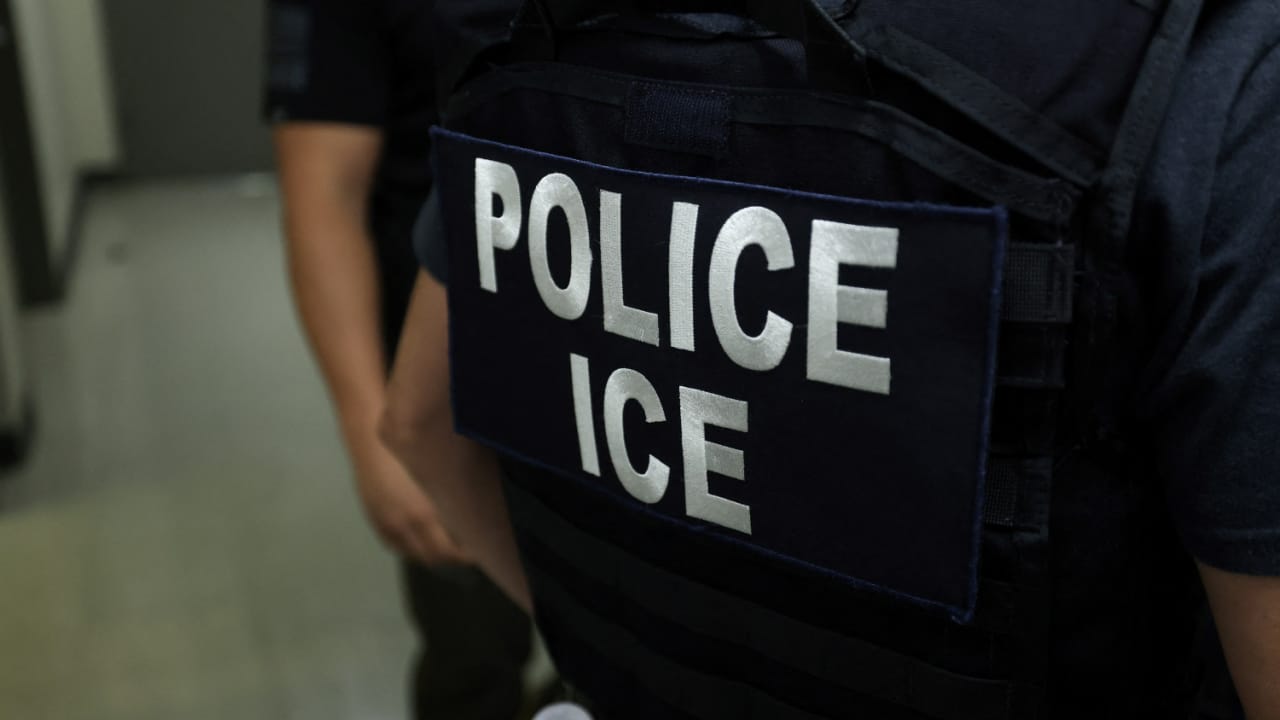Francisco Javier Vera Is the 12-Year-Old Who Is Leading the Fight for Climate Justice in Colombia
This November while the world focused on the speeches made by leaders at the 2021 United Nations Climate Change Conference, commonly referred to as COP26, a 12-year-old boy hung outside of the conference talking to the press about the dangers of climate change. His name is Francisco Javier Vera and he’s a climate activist from Villeta, Cundinamarca in central Colombia.
At the conference, Francisco, nicknamed el niño ambientalista, told the Colombian newspaper El Tiempo about his first-hand experience with Climate Change stating “Colombia is one of the places affected most by Climate Change. I’ve seen the consequences of climate change and the loss of biodiversity. For example, in Villeta there are beautiful waterfalls that are green now because of pollution.”
In the interview, he emphasized how climate change affects kids, saying “If we don’t have a present or future we won’t be able to study so that’s a priority for us. Some say that [stopping Climate Change] is just the responsibility of governments but it’s also the responsibility of kids.”
A Long History of Activism
Yet, COP26 is not Vera’s first incursion into activism. Despite the fact that he’s only 12, Vera has years of activist experience under his belt.
He first became an activist in 2019 when he saw the Amazon rainforest and the Australian countryside go up in flames due to climate change. Francisco was upset by what he saw because he was worried about what would happen to the animals that were affected by the fire, leading him to start a movement to stop it.
Vera’s mother, Ana María Manzanares, told the news agency AFP that when she got home her son had created a whole list of people to help him stop climate change in his neighborhood, which led her to give up her job as a social worker to support his mission.
Since then he’s been standing up to power regardless of who he inconveniences. He founded an organization called Guardianes por la vida (Guards of Life). Guardianes seeks to emulate Greta Thornberg’s Friday Future while adapting it to the realities of life in Latin America and fighting against the immense inequalities and extractivism in the region.
Fighting the Power
Vera does not shy away from speaking his mind and standing up to the interests that are causing Climate Change in Colombia. Back in December 2019, he made a speech to the Colombian Congress stating: “I ask you, Senators of the Republic, to legislate for life. For example, against fracking campaigns, animal testing, single-use plastics, or animal abuse… We should protect and love the environment”.
However, in Colombia, it can be very dangerous to call out figures in power and economic practices that cause climate change. According to the NGO Global Witness, Colombia is the most dangerous country in the world for environmental activists with at least 65 environmental activists killed last year alone. This is a fact that Vera is very aware of because, even at such a young age, he has been subject to threats for his work.
At the beginning of this year, Vera received various death threats on Twitter after speaking out against Colombian President Ivan Duque’s education policy. In a video posted to Twitter, he called on President Duque to bring back in-person classes in solidarity with the kids in rural Colombia who do not have internet access.
His criticism generated nasty comments from supporters of the President who called for him to be killed and even photoshopped him to look like a guerrilla fighter. But this has not stopped Vera from continuing the fight for justice. After the initial threat he remained firm stating, “I understand why it’s so difficult to try to support the country. From here on I will keep supporting life.”
Despite these threats and his young age, Vera has kept up the fight against climate change in Colombia and the rest of the world. Vera shows how despite their age and perceived lack of power, children can stand up to the climate change caused by the economic greed of adults. Through his activism, Vera provides the world with a better understanding of how climate change affects Latin Americans and the challenges affecting the region in the year to come.




